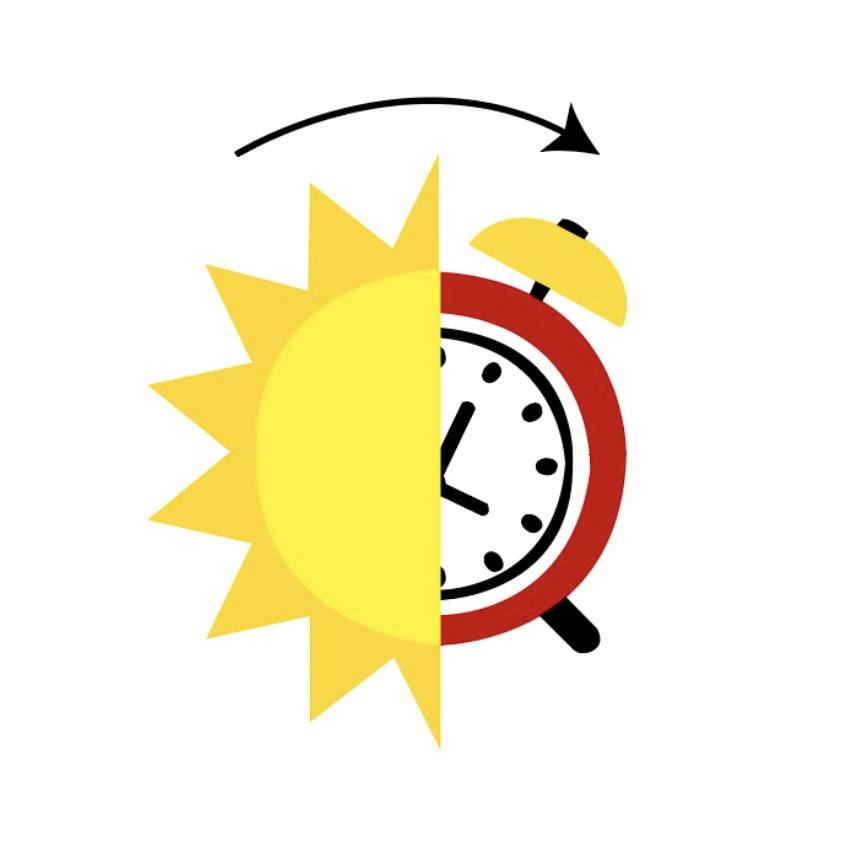How to adjust to daylight saving time
The Catalyst / Gianna Shaughnessy
It is that time of the year again, so make sure you have changed your clocks.
In the transition between winter and spring, on March 12, the clocks jumped forward. After the spring shift to daylight saving time, many are left tired and drowsy. For some, the adjustment takes a few days, and for others, it can take as long as a few weeks.
Although only an hour of sleep is lost, the body’s internal clock is off. Many are left waking up still tired and irritable due to the lack of sleep. It has been proven that preparing for the time change in advance can have positive effects on the body, but if you are still trying to recover, pushing your bedtime up 20 to 30 minutes, in small increments, can allow your body to adjust to the time change.
Sleep is not the only factor thrown off when the clocks move forward. Maintaining a strict, consistent schedule will also improve the body’s reaction to the time change. Sticking to the same meal times, routines and exercise patterns will help better regulate the internal clock.
Because of the loss of sleep, many turn to afternoon naps to cure the fatigue. However, taking mid-day naps has proven to further disrupt the body’s internal clock even more. They leave you feeling groggy and sluggish and have shown to impair your body’s ability to get a full night’s sleep.
Due to the effect caffeine has on the body, it is not advised during daylight saving time. Especially because we are losing an hour of sleep, drinking caffeinated beverages can impede on your already interrupted sleep.
The clocks turn back an hour on Sunday, November 5, as winter begins again. Although the clocks moving forward can throw your internal clock off, the habits and schedules you maintain can make the transition smoother.

Ashley Strain is a senior at NDB. She has been a member of the Journalism Club since her freshman year and contributed as a Staff Writer for The Catalyst...






